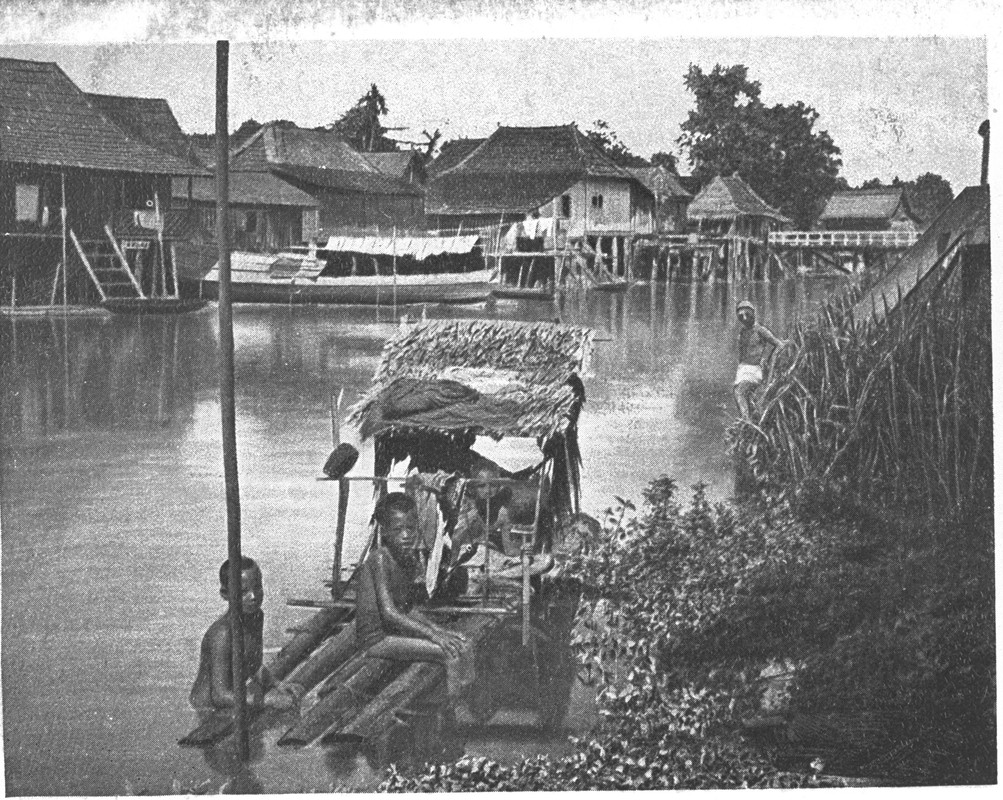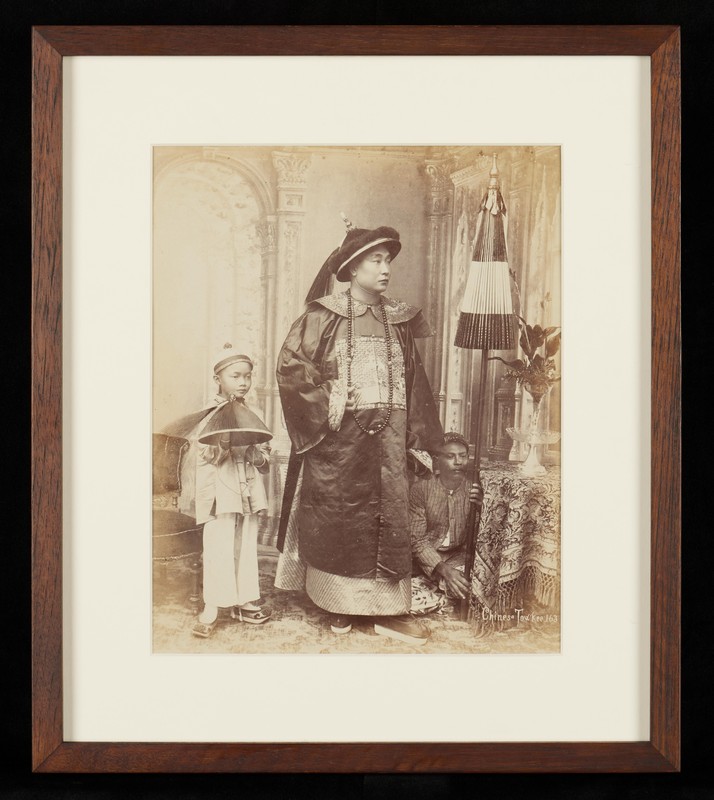新加坡广东人的医疗慈善事业
新加坡广东人的医疗慈善事业,可追溯至1867年“中街七家头”1创办的同济医社。同济医社为新加坡河畔这个华人密集地区的贫困人士提供义诊,不分籍贯。慈善家纷纷伸出援手,通过捐款和联合管理来发展这所跨帮群的民办医社。
1885年同济医社正式注册,1892年以同济医院的名义从单边街迁至哇燕街(今余东旋街),延续施医赠药的初衷。2不过,这家“医院”并非现代人所理解的住院留医场所,而是集合门诊和相关学问研究的“医学院”。新加坡中华总商会在1906年正式成立前,同济医院也是商人议事和接待贵宾的地方,并曾充当商会的临时办事处。

随着移民日益增加,20世纪华人创建的慈善医疗事业,服务对象也是跨族群的。具代表性的除了同济医院,也包括善济医社、茶阳回春医社(今已不存)、广惠肇留医院、中华医院、佛教施诊所、德教太和观、义安中医药中心等。
广惠肇留医院
1910年筹办的广惠肇留医院(简称留医院),是新加坡近代史上规模宏大,也是几乎整个20世纪,唯一让病人住院留医的民办慈善医院。马来同胞称留医院为“rumah miskin”(济贫之家),留医院也成为实龙岗路的地标。3
留医院的成立与中国时局的变化有关。清朝末年,新加坡迎来大批中国移民,公共医疗系统无法负荷。时任总督安德逊(1858-1918)要求本地粤商协助,为骤增的广东社群提供福利。1910年,黄亚福(1837-1918)、梁敏修(1866-1916)、邱雁宾(1863-1930)、吴胜鹏(1873-1952)、陆寅杰(1849-1933)、朱树铭、谭庆云、林雨之、李星南等人4召集广惠肇三属人士,参考广州方便医院模式,买下实龙岗路陈笃生医院搬迁后留下的产业。99年契约由创院总理黄亚福签署,政府每年收取一元合同费,有效期至2010年。“广惠肇方便留医院”在1911年正式投入运作,百年来完全依靠民间义款来维持。5粤语“方便”是双关语,一是利人,为病患提供方便;另一个意思是,如果手头方便,不妨乐捐汤药费,如果手头不方便那就免了。

中西融合
留医院创建时按照当时宪法运作,医院可以聘请中医和使用中药,但必须另聘西医,开创本地医院融入中西医疗技术的先例。此外,留医院必须无偿为广东籍妇女提供接生服务,门诊则开放给所有籍贯人士。6
第二次世界大战期间,留医院部分病楼遭到轰炸,附近的民居亦被毁,留医院的空地变成临时坟场。
昭南市政局及卫生局允许留医院在战时继续运营,曾纪辰(约1881-1972)和胡文钊(1887-1958)分别担任正副主席,陆续增聘医生和护士,而这些医护人员都住在医院里。留医院得到卫生局提供药物,粮食则靠董事筹款购买。当时留医院的住院病人,有一半患上脚气病和水肿,那是因其他粮食缺乏时期,食用木薯过多而导致的。
1974年6月15日,广惠肇方便留医院易名为广惠肇留医院,成为一所全面开放的民办公共医院。国会通过宪法修正案,取消只有广惠肇三属人士住院的规定,接受全国各族人民住院治疗。2010年,99年的地契到期后,主院获得批准留在原址,继续发展成为社区疗养院。7

| 1 | 19世纪中叶,来自广东新会的七名商人,在大坡直落亚逸中街(今马吉街)设立广恒、朱广兰、朱有兰、罗奇生、罗致生、同德、朱富兰,经营粮油杂货和红烟,业务遍布新加坡、马来亚与东南亚各地,俗称“中街七家头”。 |
| 2 | 杜南发,〈穿越时光、多元论证:同济医院创办年代综论〉,收入《同济医院150周年文集》,页47-52。 |
| 3 | 留医院的历史资料和未来规划,可见于广惠肇留医院文物馆(任重道远馆)。 |
| 4 | 数位人士的生卒年不详。 |
| 5 | 区如柏,《广惠肇留医院100周年》,页24-25。 |
| 6 | Kwong-Wai-Shiu Hospital Ordinance (Chapter 366). |
| 7 | 〈广惠肇医院应社会需求,决于明年开始收容各帮各族病人留医〉,《南洋商报》,1972年7月25日。 |
广惠肇留医院,文史展览。 | |
区如柏,《广惠肇留医院100周年》。新加坡:广惠肇留医院,2010。 | |
杜南发、梁秉赋编,《同济医院150周年文集,1867-2017》。新加坡:焦点出版,2017。 | |
李国樑,《大眼鸡,越洋人》。新加坡:水木作坊出版社,2017。 |










